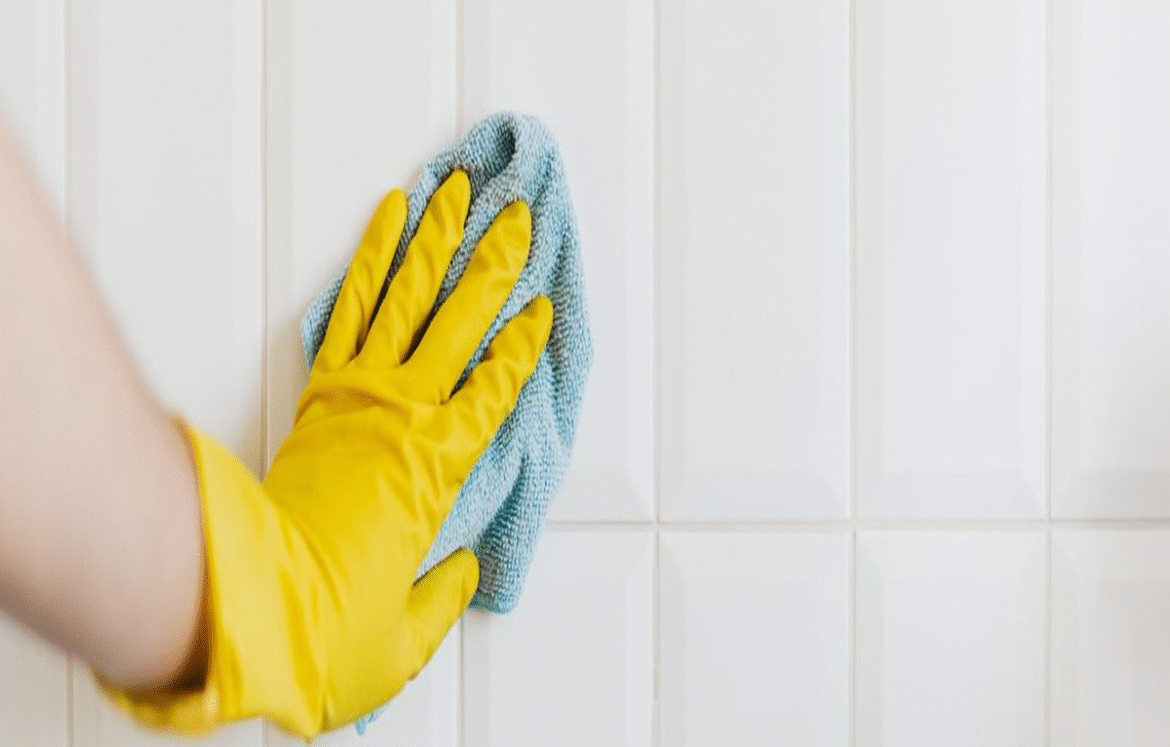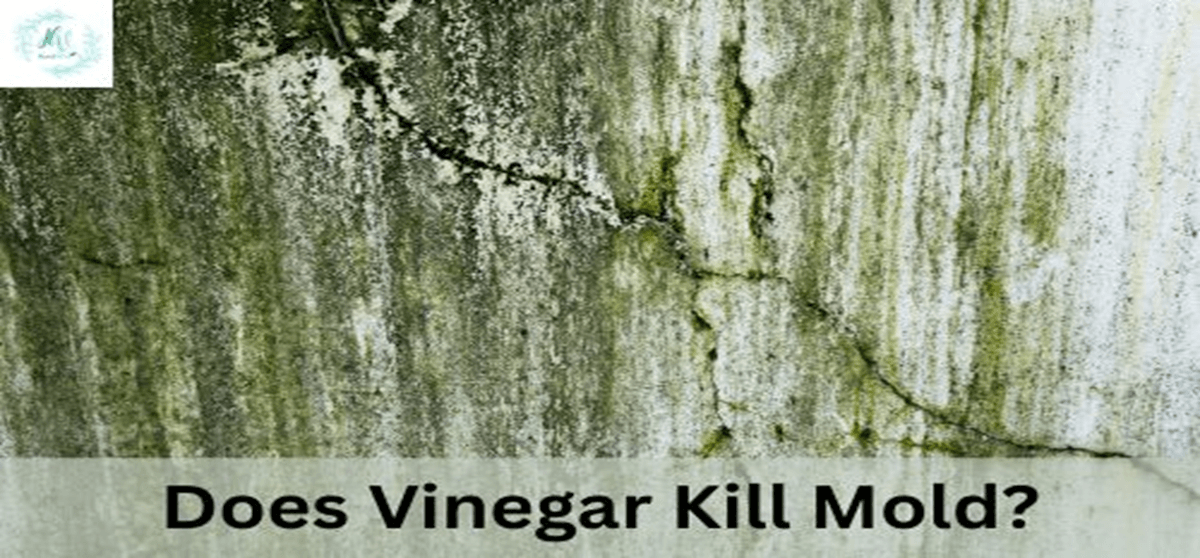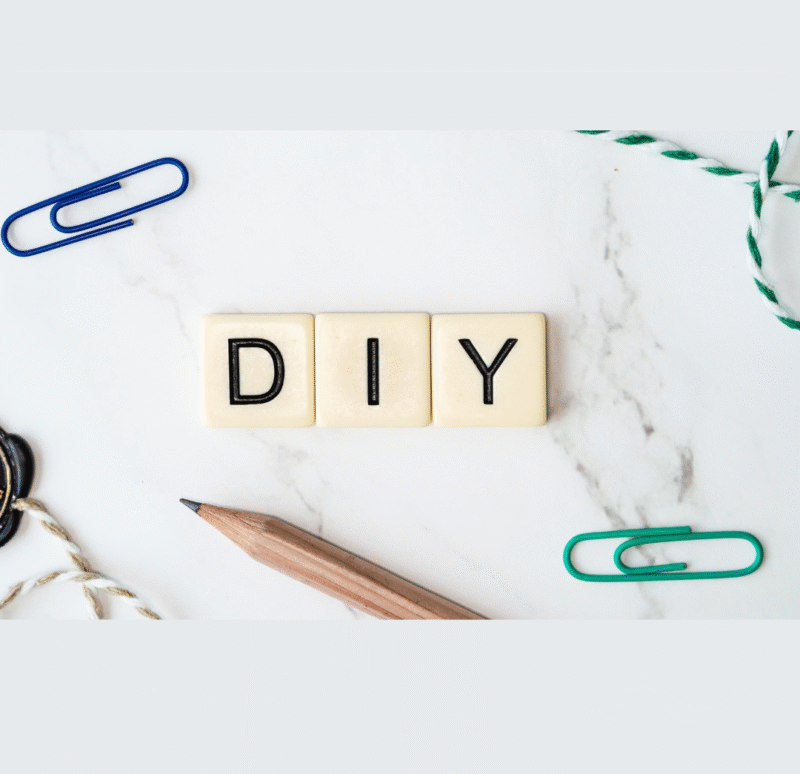Does Vinegar Kill Mold? Everything You Need to Know
- by Parul Yadav
- July 7, 2025
- 0
- 169

Florida’s warm, humid climate makes it a breeding ground for mold. Whether you live in Miami, Orlando, or Tampa, chances are you’ve battled stubborn black or green patches on bathroom ceilings, under sinks, or even in your air ducts.
Beyond being an eyesore, mold poses serious health risks. According to the Florida Department of Health, mold exposure can trigger asthma, allergies, chronic sinus infections, and respiratory issues, especially in children and seniors. Naturally, homeowners ask: Does vinegar kill mold?
The good news is- yes, vinegar can kill mold. However, not all types or situations are the same. Let’s explore how vinegar works, when to use it, and how it compares to bleach and other solutions.

Kill Mold Naturally with Vinegar: What Science Says
White distilled vinegar is made of about 5% acetic acid, which creates an acidic environment that can destroy mold membranes. But does vinegar kill mold completely?
According to a study, vinegar was able to kill 82% of mold species, including some common ones found in Florida homes like Aspergillus and Cladosporium. While not as aggressive as industrial cleaners, it’s a safer, eco-friendly option for households, especially if you have pets or kids.
To kill mold with vinegar, follow these steps:
- Use undiluted white vinegar (do not mix with water).
- Spray directly onto the moldy surface.
- Let it sit for at least 60 minutes.
- Scrub with a soft brush or cloth.
- Repeat as needed for stubborn spots.
Vinegar works best on non-porous surfaces like glass, tiles, or sealed wood. For porous surfaces, it might not reach mold rooted deep inside, but it’s a solid start for mild infestations.
Do It Yourself Mold Testing Kit: Know Before You Treat
Before you spray down your home, it’s smart to figure out what you’re dealing with. A do it yourself mold testing kit can help you identify the mold type and extent of spread. These kits are affordable (usually under $50) and widely available at Home Depot, Lowe’s, or online.
Here’s how to use one:
- Place test plates in suspected mold areas.
- Leave them out for 48–72 hours.
- Check for mold growth; compare with the kit’s guide.
- Send samples to a lab if needed (many kits include this).
If you spot toxic molds like Stachybotrys chartarum (black mold) or have severe allergies, call a certified mold remediation specialist. For smaller issues, cleaning mold with vinegar is a safe DIY solution.
Did you know: The EPA encourages non-bleach cleaning agents like vinegar for mold in some residential cases.
Is Bleach or Vinegar Better to Kill Mold? Honest Comparison
Many homeowners ask whether bleach or vinegar is better. Let’s break it down.
Factor | Bleach | Vinegar |
Surface Type | Best for non-porous | Works on both, but better on non-porous |
Effectiveness | Kills surface mold only | Penetrates slightly better |
Health Safety | Harsh fumes, corrosive | Natural, non-toxic |
Environmental Impact | Hazardous | Eco-friendly |
Cost & Availability | Cheap and widely available | Also affordable and easy to find |
According to the Centers for Disease Control and Prevention (CDC), bleach should not be used on porous materials like drywall or unsealed wood, because it can worsen the problem. Vinegar, while milder, is often the safer and more versatile option, especially for light mold infestations in homes.
Does Vinegar Kill Mold Spores? The Truth and Prevention Tips
Mold spores are tiny airborne particles released by mold colonies to reproduce. They’re invisible to the eye and can linger in your home’s air long after visible mold is removed.
So, does vinegar kill mold spores?
Vinegar can deactivate some spores on surfaces, but it doesn’t clean the air. For that, you’ll need to:
- Use HEPA air purifiers.
- Install proper ventilation, especially in bathrooms and kitchens.
- Use a dehumidifier to maintain indoor humidity below 60%.
- Wash fabrics and carpets with hot water and vinegar or baking soda.
To prevent mold from coming back, focus on moisture control. Common Florida trouble zones include HVAC systems, attics, and hurricane-prone areas with water damage. Regularly inspect these areas after storms and keep gutters clean.
Here’s a quick Mold Prevention Checklist:
- Use exhaust fans while cooking or showering
- Check for roof leaks and plumbing issues
- Clean A/C filters monthly
- Dry wet areas within 24–48 hours
- Use mold-resistant paint in high-moisture zones
Final Thoughts: Does Vinegar Kill Mold
So, does vinegar kill mold? Absolutely, but with limits. Vinegar is a safe, natural, and effective cleaner for most household mold problems, especially when caught early. For Florida homeowners, where humidity fuels mold growth year-round, having vinegar in your cleaning arsenal is a smart move.
Still, the key is prevention. Use DIY mold testing kits, maintain low humidity, and inspect your home regularly. If the mold keeps coming back, or you suspect toxic mold, don’t hesitate to call a licensed professional.
By understanding how to kill mold naturally, you’re not just saving money, you’re also protecting your family’s health and home.















